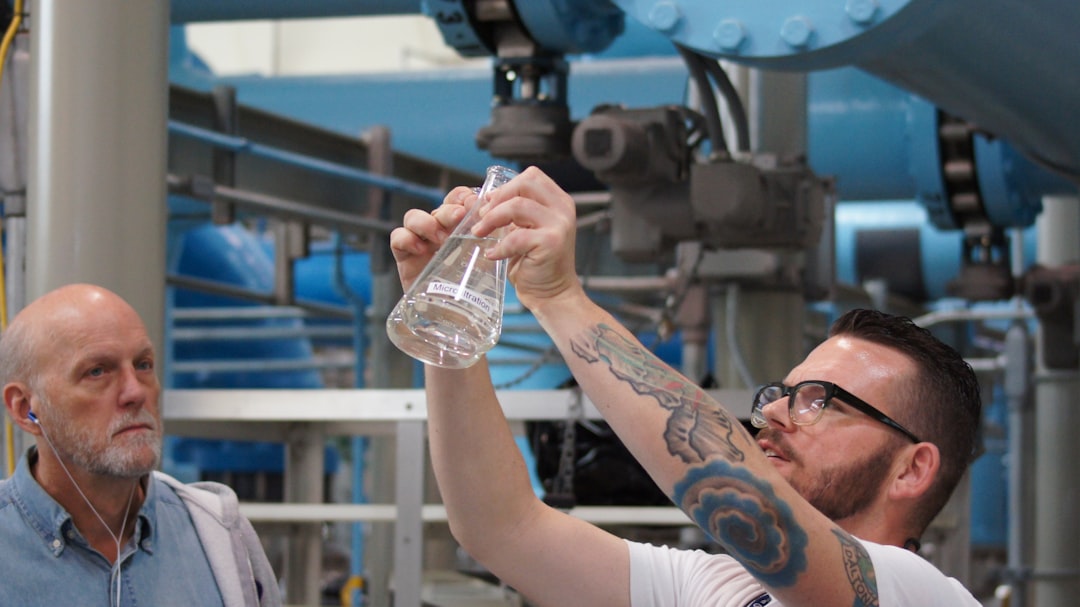What is it about?
This publication discusses a new method to simplify the production of chemical products by using a "molecular assembly line" approach. The authors demonstrate this approach by hydrogenating nitrobenzene to cyclohexylamine. Typically, this process requires multiple steps, but by using mixtures of carbon nanotube-supported catalysts, the authors achieve high reaction rates and selectivities. The mixture of platinum and ruthenium catalysts provided high activity and constant high selectivity. By varying the ratio of the two catalysts, they were able to balance the rates of the two consecutive reaction steps. This new approach has the potential to simplify chemical synthesis and make it more efficient.
Featured Image

Photo by CRYSTALWEED cannabis on Unsplash
Why is it important?
The use of a "molecular assembly line" approach to simplify chemical synthesis could have significant practical applications. Chemical synthesis is used in many industries, including pharmaceuticals, materials science, and electronics. By simplifying the process, the production of chemical products could become more efficient, cost-effective, and environmentally friendly. This new approach could also lead to the development of new chemical products that were previously difficult or impossible to produce using conventional methods. Additionally, the use of catalyst mixtures, as opposed to bimetallic catalysts, could reduce the complexity of the production process, making it easier to scale up production for industrial applications. Overall, this new approach could have a significant impact on the chemical industry and pave the way for more sustainable and efficient chemical synthesis.
Perspectives
As someone who is interested in chemistry and the ways in which chemical synthesis can be made more efficient and sustainable, I find the "molecular assembly line" approach discussed in this scientific publication to be fascinating. The idea of combining consecutive reaction steps to simplify the production of chemical products seems like a promising way to reduce the complexity and cost of chemical synthesis. The authors' use of mixtures of carbon-nanotube-supported platinum and ruthenium catalysts to achieve high reaction rates and selectivities is a creative solution to this problem. It's exciting to think that this new approach could lead to the development of new chemical products that were previously difficult or impossible to produce using conventional methods. Additionally, the use of sustainable catalyst systems, such as the one proposed in this study, could have a significant impact on the environmental impact of chemical synthesis. Overall, I believe that this new approach has the potential to revolutionize the chemical industry and make it more sustainable and efficient.
Prof. Dr. Thomas Ernst Müller
Ruhr-Universitat Bochum
Read the Original
This page is a summary of: Inside Cover: Molecular Assembly Line: Stepwise Hydrogenation of Multifunctional Substrates over Catalyst Mixtures (ChemCatChem 3/2016), ChemCatChem, February 2016, Wiley,
DOI: 10.1002/cctc.201600077.
You can read the full text:
Resources
Contributors
The following have contributed to this page










